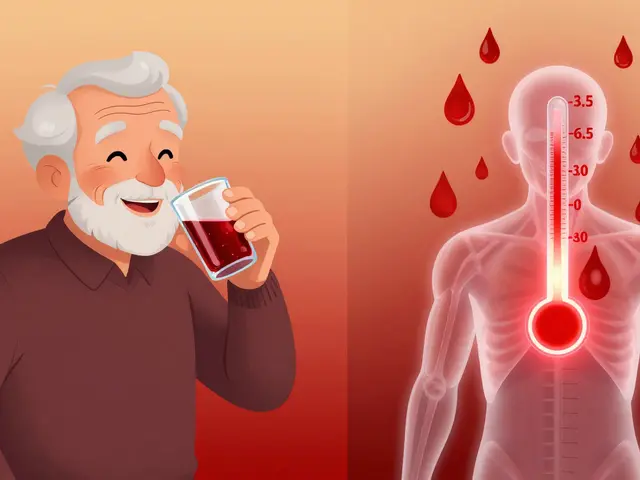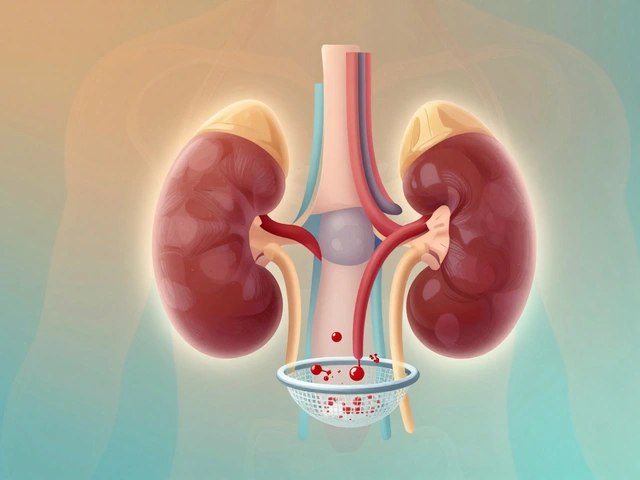Drug testing: what it really detects and how long drugs show up
Did you know a hair test can show drug use months after the fact while a saliva swab only catches recent use? If you have a test coming up, knowing the differences matters. This page gives plain, useful facts so you don’t panic and know what to do.
How tests work and detection windows
There are four common sample types: urine, blood, saliva, and hair. Urine tests are the most used for work and screening. They’re cheap and detect past use — for example, many drugs show in urine from a day or two up to several weeks. THC in urine can be negative in casual users after a few days but stay positive for chronic users for 30 days or more.
Blood tests find current impairment or very recent use — hours to a couple of days depending on the drug. Saliva (oral fluid) also checks recent use, usually within 24–48 hours. Hair testing gives a long view: it can capture drug use over about 90 days because substances get trapped in hair as it grows.
Screening tests look for groups of drugs and are fast. If a screening test is positive, labs usually run a confirmatory test like GC‑MS (gas chromatography–mass spectrometry). Confirmatory tests are far more accurate and can rule out false positives.
Practical tips: before, during, and after a test
Before the test: bring photo ID and a full list of prescribed meds. Tell the collector about any prescription or over‑the‑counter drugs that could affect results. Don’t try DIY tricks or detox kits — labs test for adulteration and tampering and those tricks often fail.
During collection: follow instructions. For urine tests, you may be observed in some cases to prevent substitution. Refusing a test or trying to cheat can have serious consequences in workplaces or legal settings.
If you test positive: ask for the confirmatory test and a copy of the chain of custody. If you take prescribed medication that explains the result, provide the prescription or contact your doctor. You can also request a retest at an independent lab — many employers or courts accept that path.
Watch for common causes of false positives. Poppy seeds can trigger opiate screens. Certain cold medicines, antibiotics, or herbal remedies sometimes cause cross‑reactions on screening assays. That’s why confirmatory testing matters.
Know your rights: workplace and legal rules vary by country and state. For employment tests, ask your HR for the testing policy and what steps follow a positive result. In legal situations, ask for a lawyer or advocate before making statements.
Bottom line: understand the test type and detection window, declare prescriptions openly, refuse shortcuts, and demand confirmatory testing if needed. That approach keeps things simple and gives you the best shot at a fair result.
Recently, I came across a topic that caught my attention - Trazodone and drug testing. Many people wonder if this medication will show up on a drug test. From what I've gathered, the answer is generally no, as most standard drug tests don't screen for Trazodone. However, it's important to note that some specific tests can detect it if they're looking for this particular substance. So, if you're prescribed Trazodone, it's always best to disclose this information to the testing facility to avoid any confusion or false results.


